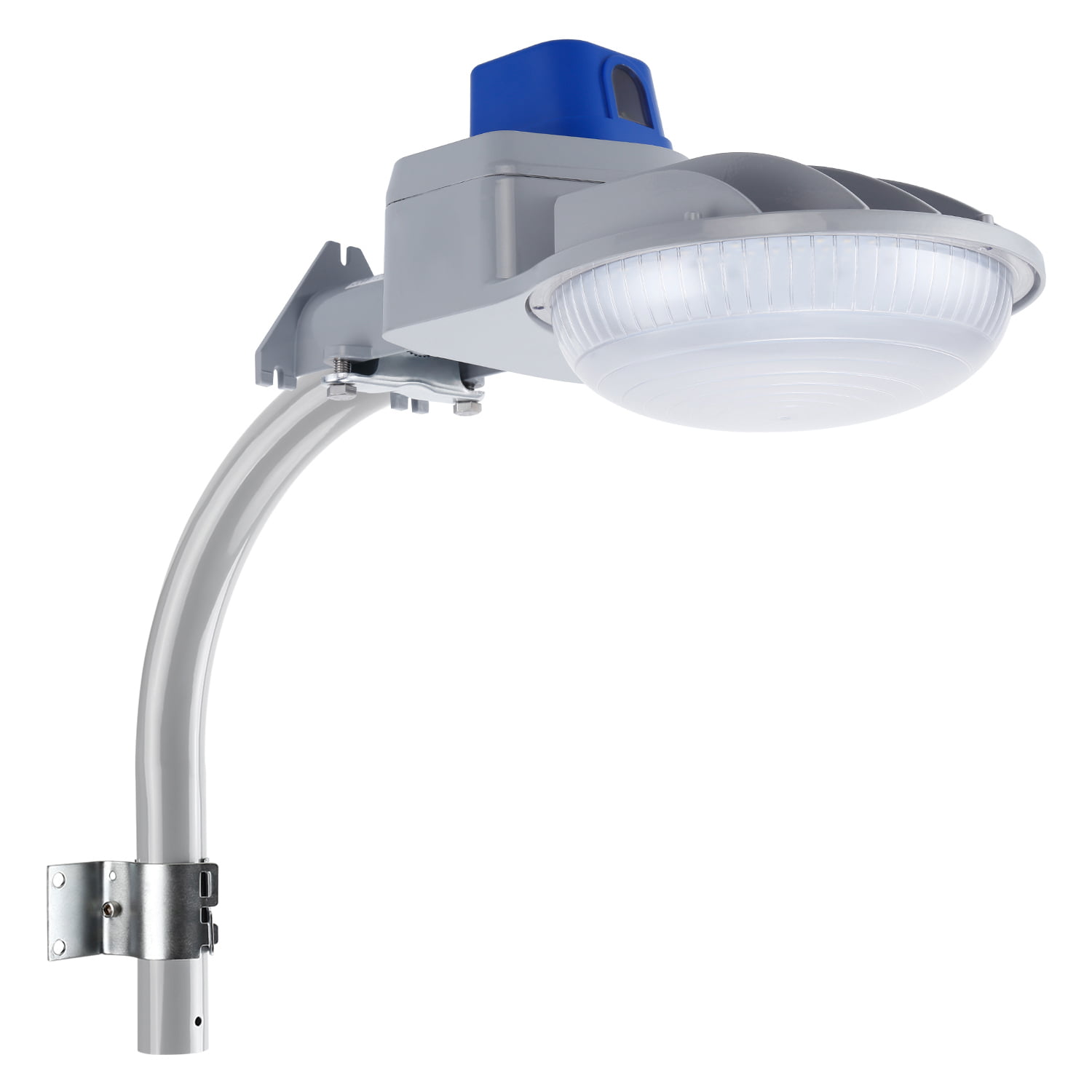
They work by detecting changes in ambient light levels. Photocells are the most common type of sensor used in LED dusk to dawn lights. There are several types of sensors that can be used in LED dusk to dawn lights, including photocells and motion sensors.

To understand how LED dusk to dawn lights consume electricity, it's essential to first understand how they work. Additionally, LED lights have a longer lifespan, which means you'll need to replace them less often. LED lights use up to 90% less energy than traditional incandescent bulbs, which means they can help you save money on your electricity bills. For one, they are incredibly energy-efficient. There are several advantages to using LED dusk to dawn lights. These lights are ideal for illuminating pathways, driveways, and other outdoor areas that need to be lit for safety and security. They use special sensors that detect changes in light levels and trigger the lights to turn on or off. LED dusk to dawn lights are outdoor lighting fixtures that are designed to turn on automatically when the sun sets and turn off when the sun rises.

Introductionīefore we dive into the details of LED dusk to dawn lights' electricity consumption, let's first define what they are. One question that many people have is, how much electricity does a LED dusk to dawn light use? In this article, we'll take a closer look at the electricity consumption of LED dusk to dawn lights and provide some tips for maximizing energy savings.

Not only are they energy-efficient, but they also provide a sense of safety and security. LED dusk to dawn lights have become increasingly popular for outdoor lighting.


 0 kommentar(er)
0 kommentar(er)
